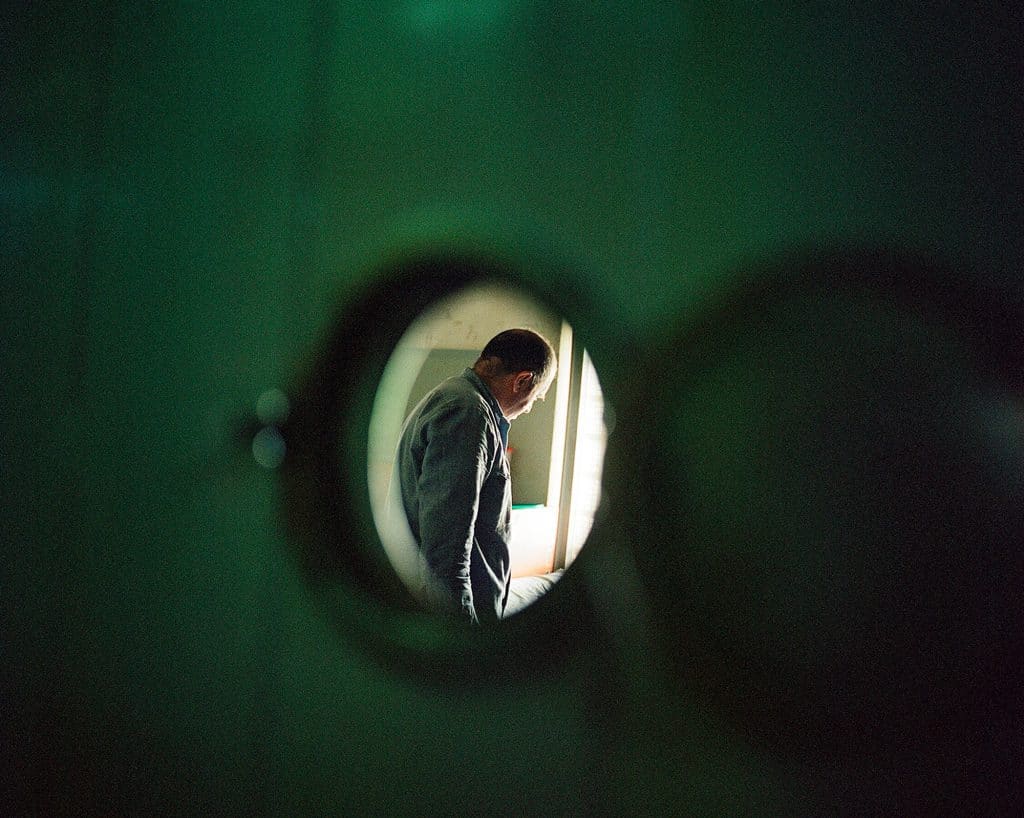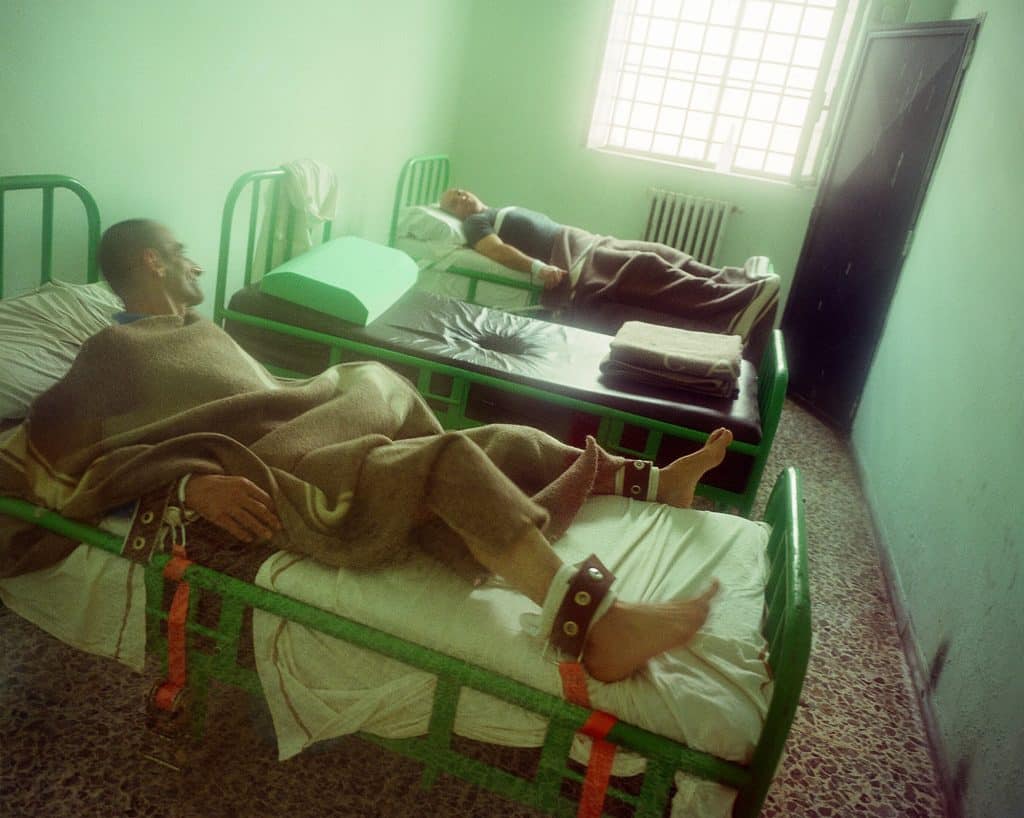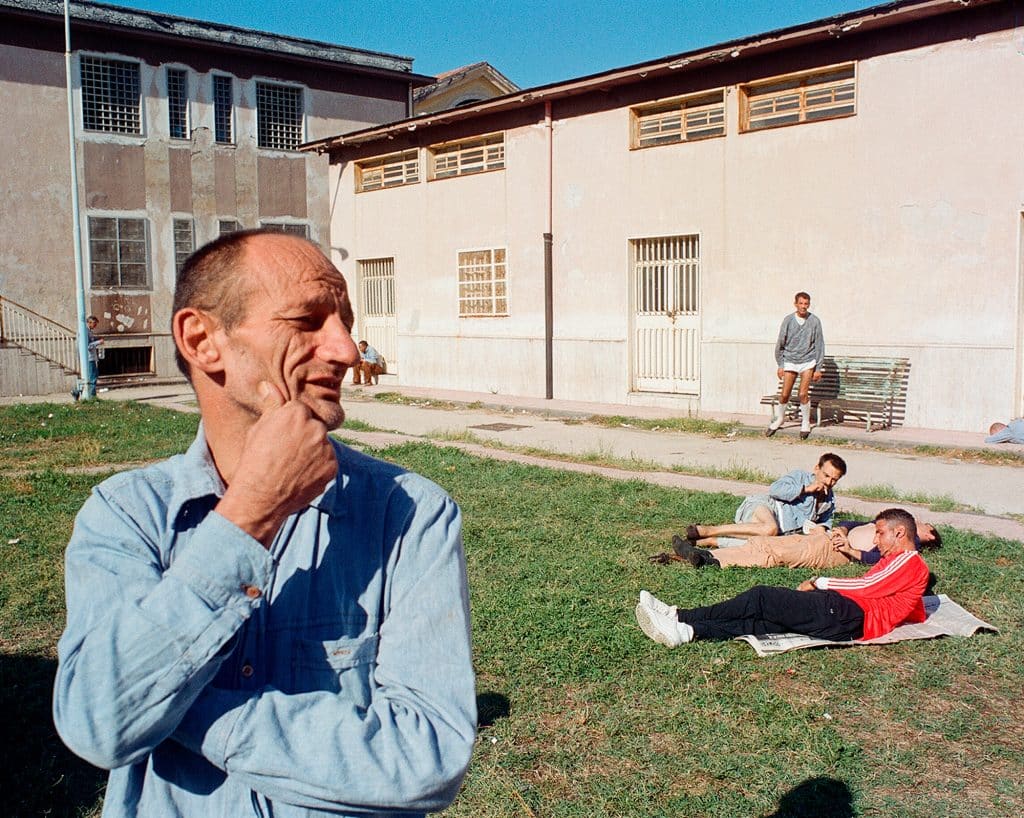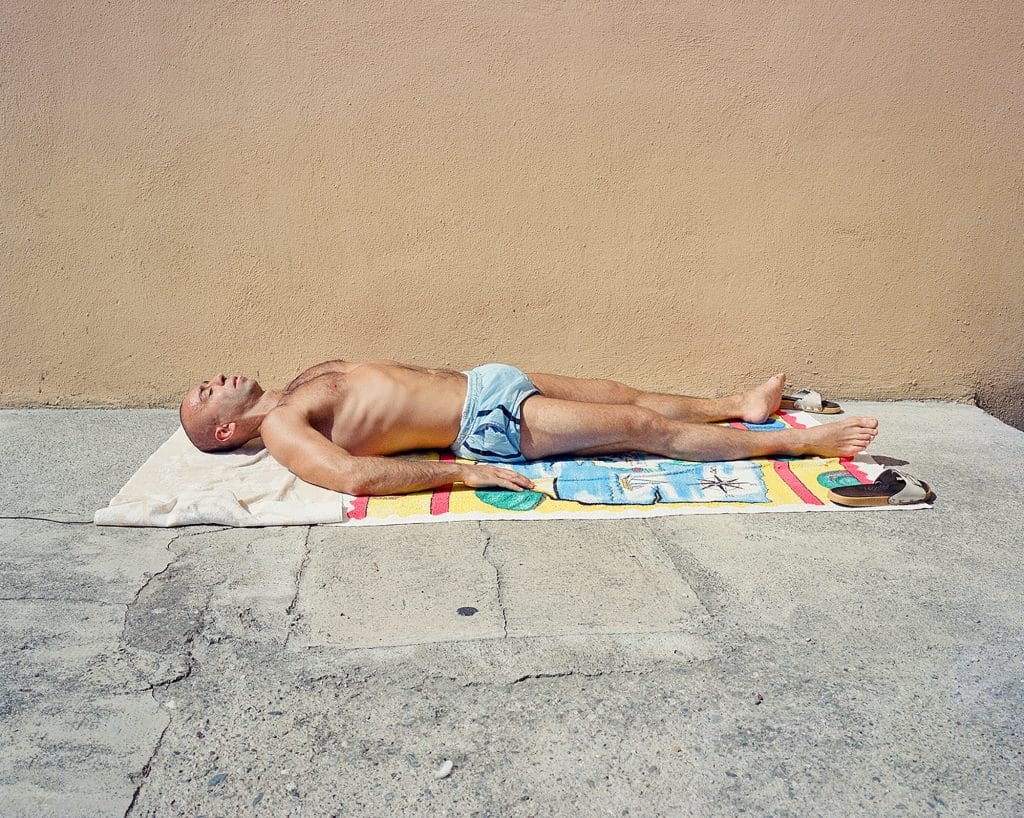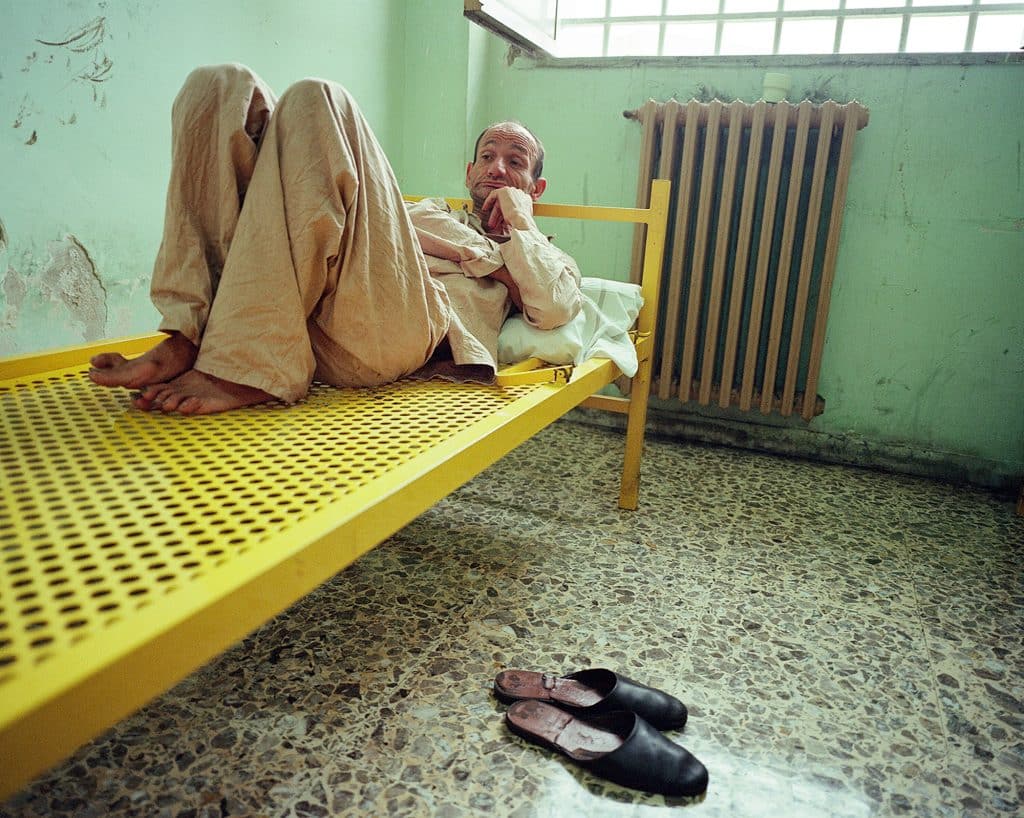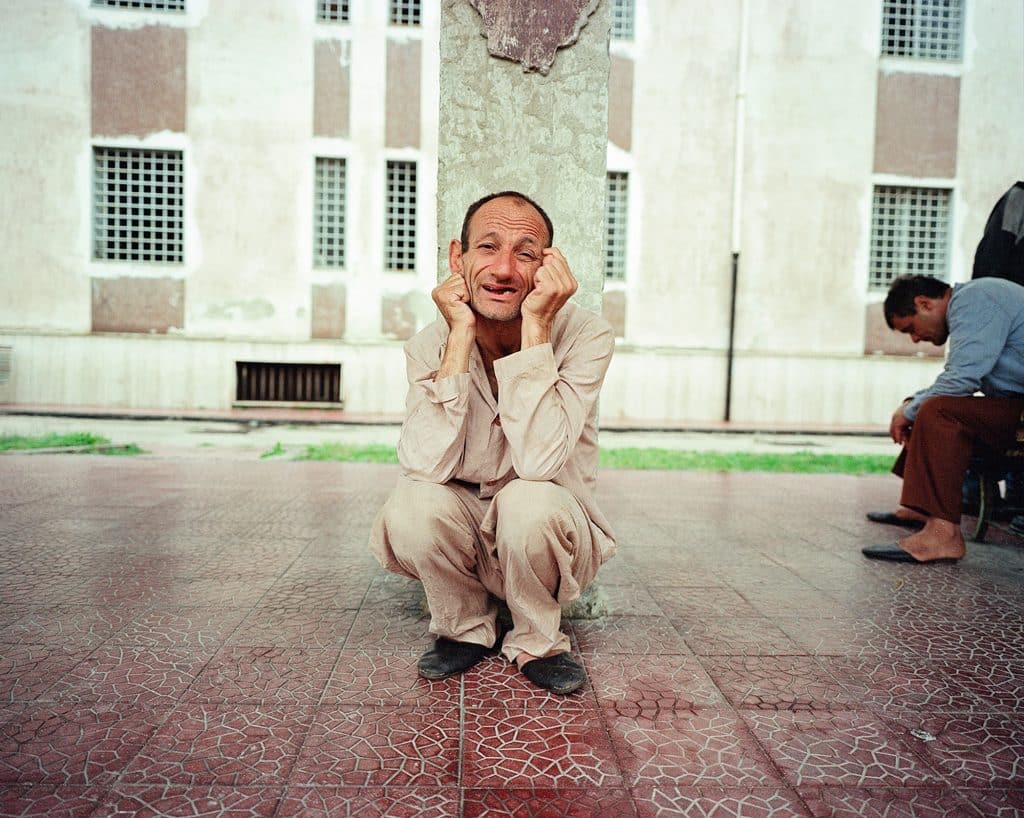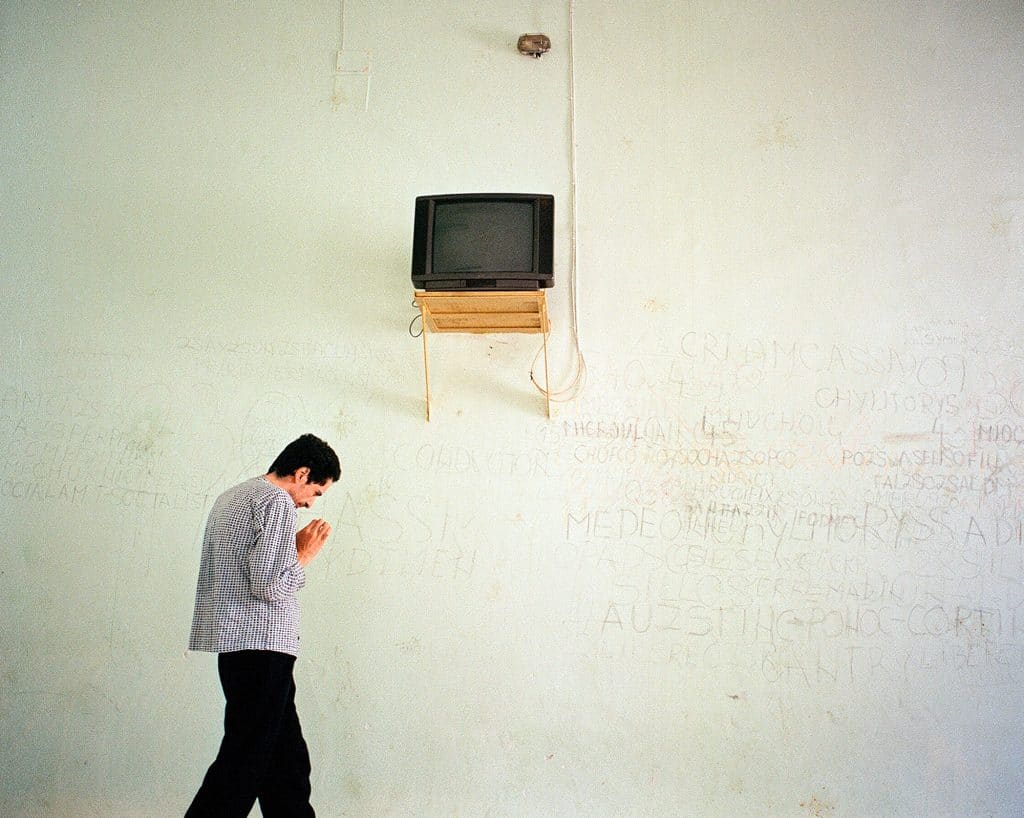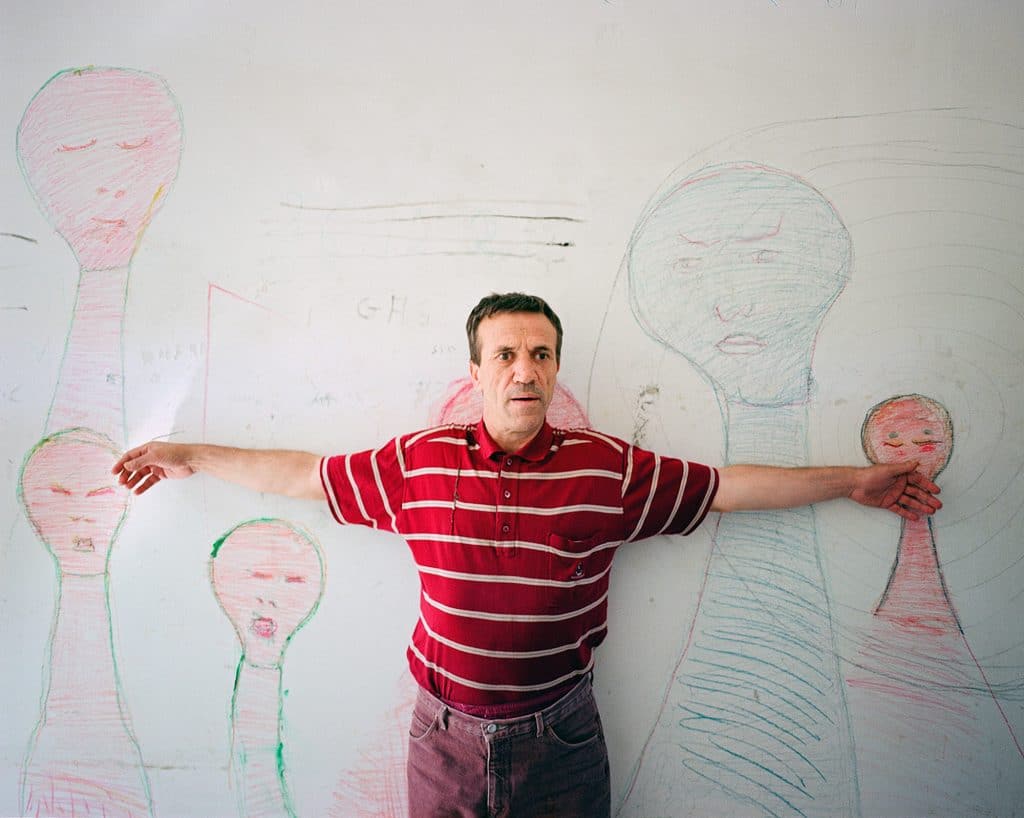“O.p.g Criminal Asylum” is photographer and editor Mauro D’Agati’s immersion in the psychiatric prisons of Napoli, Barcellona Pozzo di Gotto, Castiglione delle Stiviere and Aversa, Italy, in 2001. A few years later these judicial psychiatric hospitals closed, an event that marks the history of the health care reform and custody system for people with mental illness in Italy. The struggle lasted 40 years, starting with the Italian Mental Health Act of 1978, also called Basaglia law, which aimed to reform the system.
How did you end up making this series in psychiatric hospitals ?
Back then I was working on a project about Italian prisons in general, and I asked for access to visit these special sections. During the course of one year I entered about 18 prisons in different regions of Italy, and among them there were 4 psychiatric prisons. I had a very strong drive to do this project. My primary motivation was to explore something hidden to most people, unseen. In addition, my personal sentimental situation at that time was not so good, so it was a way to metaphorically cure myself, a distraction. As you can imagine it was far from easy to gain access to these places, which are usually extremely sheltered institutions. Only thanks to Giancarlo Caselli, who at the time was Chief of Italian prisons and previously had been an important anti-mafia judge, I had all the necessary permissions. I met him in Palermo many times and he was a passionate supporter of my work.
Why were these people held in the prisons ? Can you give me some examples ?
These prisoners were people who committed various crimes and were judged dysfunctional and mentally ill. They usually had depression, schizofrenia, or else. Oftentimes while imprisoned they became problematic or dangerous to others and were sent to the 6 special sections named OPG – “ospedale psichiatrico giudiziario”. I was able to photograph and was interested in visual representation of their condition but didn’t ask much about their stories, what crimes they committed or which illness they suffered from. It was already sort of a miracle that I was allowed to be there and take photos, especially considering that at the beginning I received a letter of permission stating that I couldn’t take photos of their faces or any recognizable body parts. When I arrived there and started working no one objected or asked anything, so I had the freedom to point my camera anywhere I wanted.
You took very intimate pictures of them… How have you been perceived by the patients in the beginning ? How did they react to being photographed ?
Some asked me to help them get out of prison, or to inform society about their bad life conditions there. Many were totally indifferent, or were under medical drugs so that they did not understand what happened. They just accepted me to stay with them with the camera and never turned aside or hid their faces.
Do you have a particular story to tell that happened to you while you were photographing ?
Nothing happened to me but in front of my eyes I saw many peculiar stories. A man in Naples’ OPG, for instance, wanted to live in a cell always standing, no seats, no table, without any furniture or a bed. Giving him coke was the only way to convince him to take a shower or to eat. Looking back to my personal motivation to enter this world, seeing what people experience there and what problems they have reminded me that a romantic heartbreak is not such a big deal.
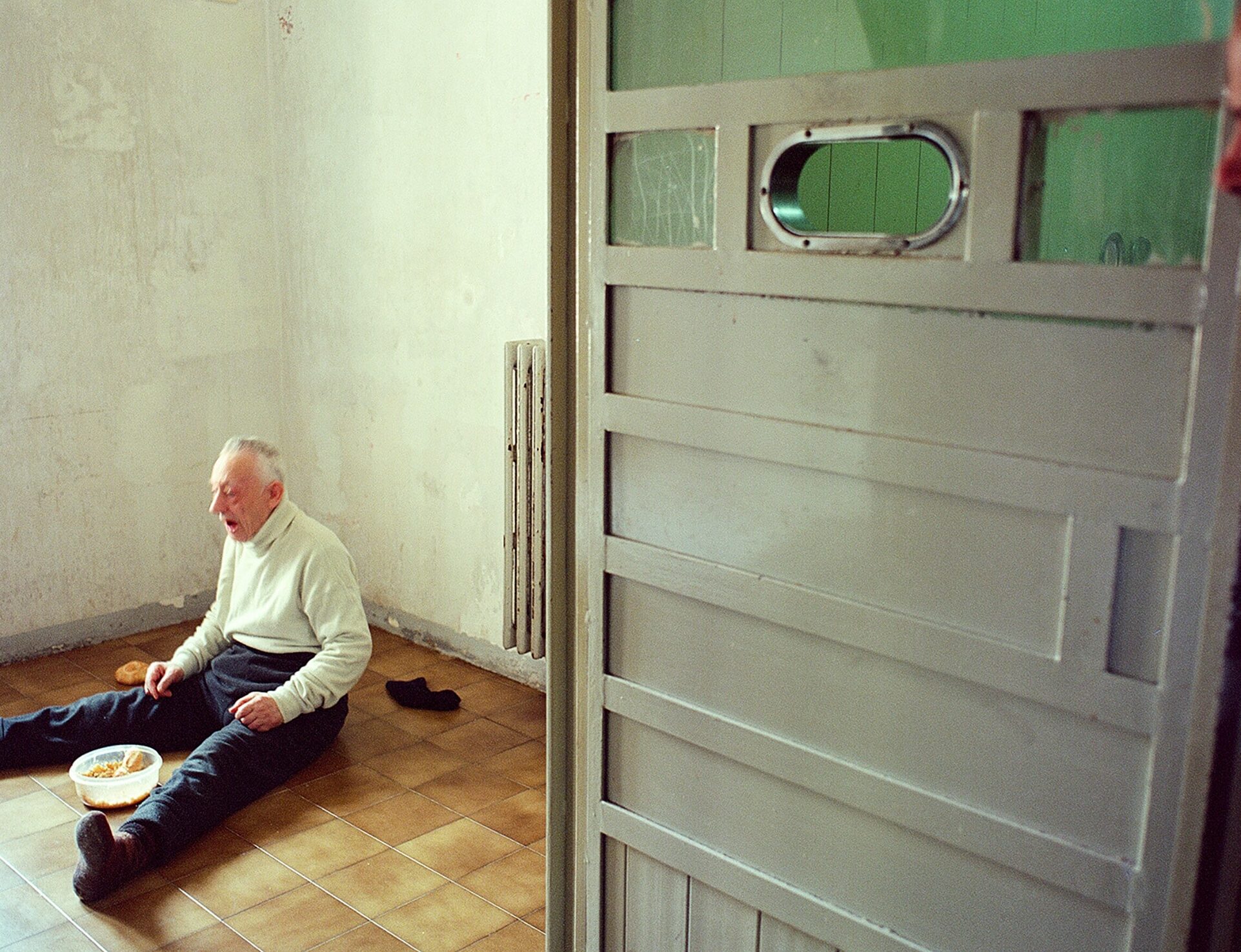
Did they see your book ? If so, how did they react ?
Nobody saw the pictures or the book. It was published 20 years after the photographs were shot.
Can you explain the Basaglia Law to us in a few words?
It is a very progressive 1978 law, which brought a large reform of the psychiatric system in Italy, containing directives to close all psychiatric hospitals and leading to their gradual replacement with a whole range of community-based services. However, at the beginning it didn’t affect the criminal psychiatric hospitals, which were closed only in the mid 2000s. What critics say now is that actually the same infrastructure remained in place, only the name changed. After I shot this work I never had a chance, but I’d have a desire to go back there.
O.P.G. CRIMINAL ASYLUM, Mauro D’Agati, published by 89 Books, 124 pages, €85.

